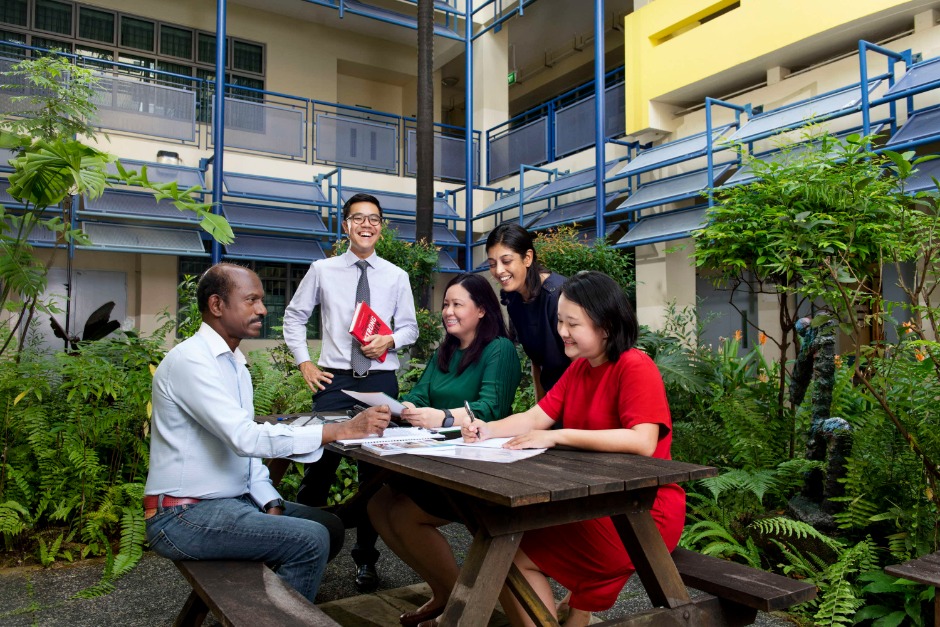Custom-Made Learning
05 Jul 2016
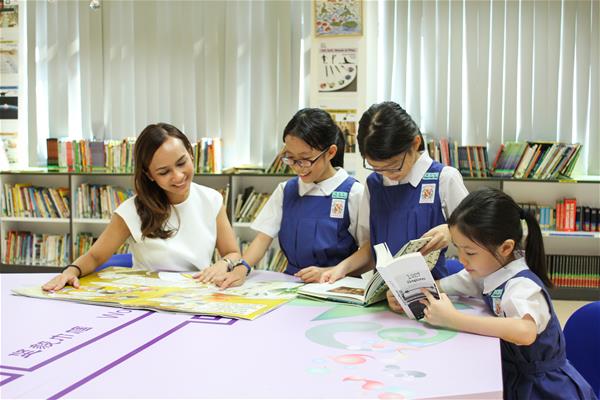
Ms Nurul Munirah creates meaningful opportunities for her students to learn about cultural diversity and community spirit, from holding a mock Indian wedding at a camp to organising a mini Amazing Race around Little India and Arab Street.
Nurul Munirah Bte Abdul Samad, CHIJ St Nicholas Girls’ School (Primary), Outstanding Youth in Education Award 2016 Recipient
In 2011, I volunteered to be part of the school’s National Education/ Social Studies (NE/SS) Committee. I was a beginning teacher then. Through the course of my teaching, I had observed on numerous occasions, that students had limited knowledge of the cultural beliefs of the various ethnic groups.
“Indian wedding? Huh? Do they have a tea ceremony just like at a Chinese wedding?”
Curious questions like these occasionally sprang up during lessons, prompting “A-ha!” moments for me. It was at an inter-racial wedding of an old school friend that the idea of holding a mock Indian wedding during a Primary Four Cultural Camp struck me. That would certainly provide my students an experience of attending a wedding of another ethnic group!
I believe that it is my duty to develop my students into confident leaders with a strong sense of national identity and community spirit. To achieve this objective, I set out to create experiential lessons that would raise self-awareness among the students and cultivate their appreciation of the different cultural and ethnic groups we have in modern Singapore.
My experience of cultural diversity stems from my childhood, having lived in a kampong in Lorong Fatimah off Woodlands Road. I grew up in an environment where there was a strong sense of community spirit. Great camaraderie also existed among my neighbours from all walks of life. It was a kampong culture that transcended racial boundaries and I wanted to share this experience with my students.
Learning about culture at camp
Every year, we conduct our overnight Primary Four Cultural Camp with the aim of introducing the whole gamut of multicultural diversity in Singapore to our students. To maximise the students’ learning experience, I improved the way information was being presented at this year’s camp.
Through past experiences, we learnt that having tour guides to lead the entire learning journey coupled with a 30-minute talk would not provide the ideal immersive experience that we wanted for our students.
We wanted our students to have an enriching, authentic and fun experience. Hence the teachers in the camp committee and I decided that the learning journey during this year’s cultural camp would take the form of an Amazing Race in Little India and Arab Street.
The students had a range of tasks to complete for the learning journey. These included finding out the Malay terms for bride and groom, carrying milk pots on their heads while in Little India, playing a game of sepak takraw on the sidewalks of Arab Street and interacting with the shop vendors. These learning journey activities focused extensively on deepening knowledge and increasing awareness of other cultures. The students also had the opportunity to tour the museums at the various venues and ask the guides questions before setting off to the next destination. The essence of these activities was aligned with the first NE building block, “…for without knowledge, there is no understanding and with no understanding there can be no effective engagement”.
I also planned an Indian-themed “wedding dinner” complete with authentic decorations fit for such a celebration. Conducted at the school hall, I lined up a “ceremony” with the help of two teachers who took on the role of the bride and groom at the wedding. To complete the experience, we served our students food and dessert listed on the Indian-themed menu we had created. The “ceremony” also celebrated cultural diversity as there were energetic performances of wushu, Indian bhangra and Malay kompang.
The camp was a success and left a lasting impression on the students and parent volunteers. One parent even wrote in to thank the teachers. She shared how her daughter loved the experience so much that she kept talking about it ever since she returned from the camp.
Staying united as a school
For Total Defence Day 2016, I wanted to impress upon the students the importance of national security and how it should never be taken for granted. My colleagues and I wanted to reinforce the idea that the safety of the school was everyone’s responsibility.
In keeping with the theme “Together We Keep Singapore Strong”, my NE Committee and I initiated a series of assembly presentations and recess activities to create opportunities for the students to get together and reflect on their efforts in keeping the school and their surroundings safe.
Our students are young so the learning activities we design for them have to be pitched at their level of understanding.
To achieve this, I collaborated with colleagues from our secondary school on a video project. The story plot involved a teacher, playing the role of a suspicious character with malicious intent by leaving a bag in the school compound. The actions of this “perpetrator” were then covertly filmed. We also captured, on video, the responses and reactions of students who came across the unattended bag. The video was subsequently shown during assembly to illustrate the vulnerability of being complacent about safety and security. To further reinforce the important message of staying united, the students played games such as “Eagle and Chick” and “Happy Family”.
Paying it forward
From these experiences, I have found that students learn better in a non-threatening environment. Students also turn into active and independent learners when they are given the opportunity to relate what they have learnt to their friends. To further develop their confidence as influential student leaders, I initiated a “Pay It Forward” approach that seamlessly complemented the school’s existing programme.
The NE Leaders who advocate the values of NE receive training to gain the confidence they would need to conceptualise, plan and put up a skit championing a cause. They also have the chance to set up promotional booths to create awareness and deliver key messages at commemorative events. Once they have acquired the necessary skills, they “pay it forward” by sharing their knowledge with their friends during assembly or recess.
As an educator, my priority is to create interesting, meaningful and purposeful learning experiences for my students. I hope that these experiences will instil in our students a strong sense of rootedness to our nation and develop them into citizens who embrace and celebrate diversity.

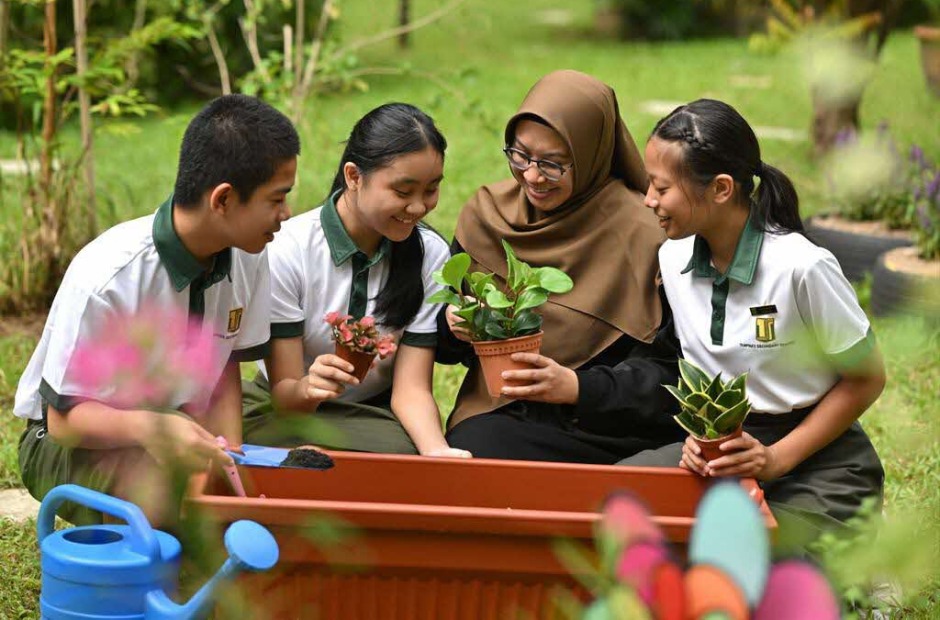
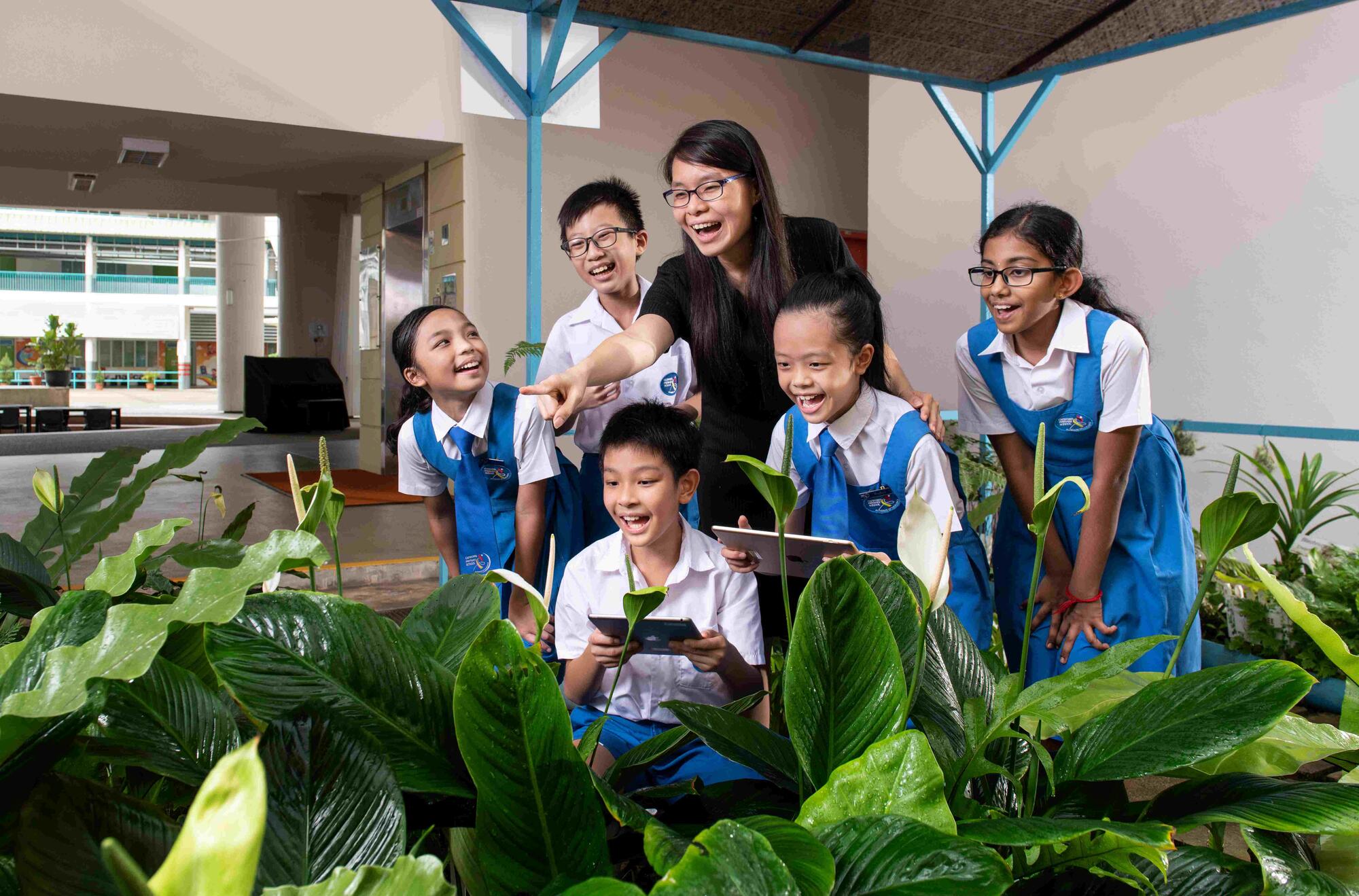
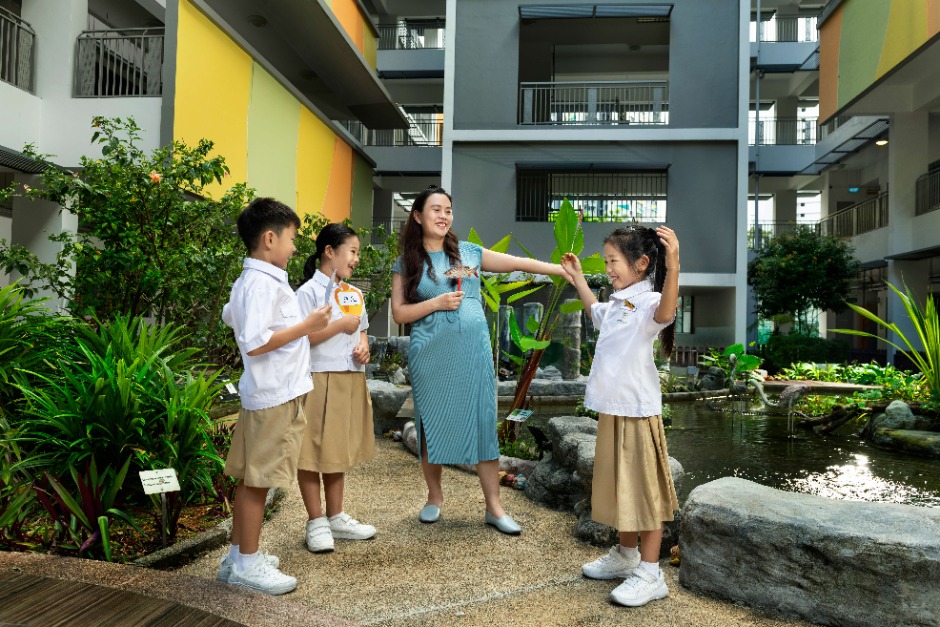
.jpg)
